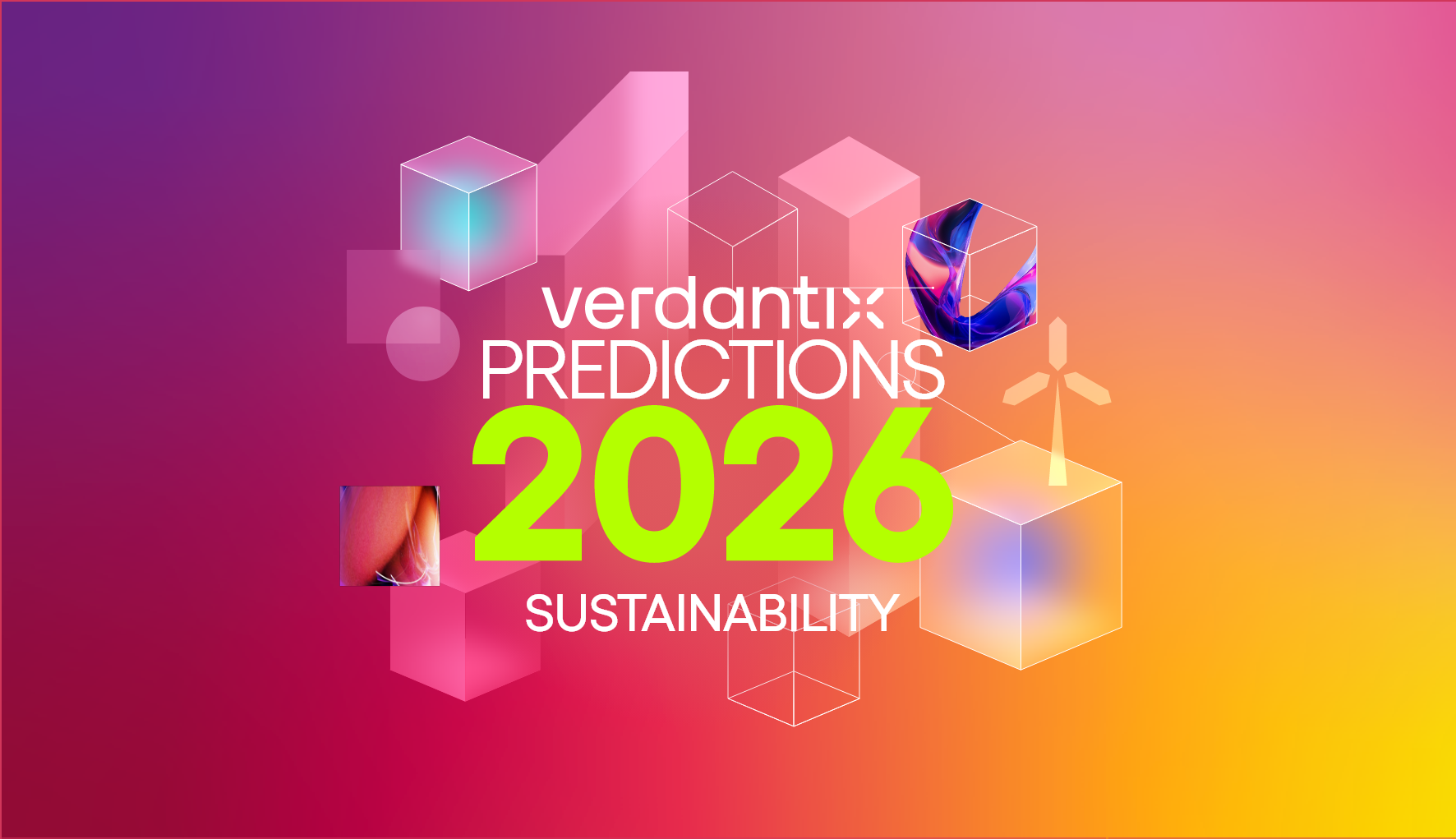Supply Chain Sustainability Software Market To Surpass $7 Billion In 2029
Over the past 12 months, global supply chains have faced growing pressure to tackle sustainability challenges. The combination of geopolitical tensions, economic uncertainty, extreme weather events, technology-driven digital disruption and stricter regulatory requirements is driving firms to invest in supply chain sustainability software. In our recently published market size and forecast report, Verdantix expects global market spend on supply chain sustainability software to grow from $1.7 billion in 2023, at a CAGR of 29%, to surpass $7 billion in 2029.
What’s driving the surge in spend?
A rapidly evolving regulatory landscape
The main driver for increased spend on supply chain sustainability software is the raft of upcoming reporting requirements, particularly in Europe, with a growing emphasis on social-related disclosures, broader due diligence legislation, industry-specific requirements and mandatory product-level reporting. Most recently, in 2024, the EU approved a new law prohibiting the sale, import and export of goods made using forced labour at any stage of their production, manufacture, harvest or extraction. North America is equally tightening forced labour regulations to protect human rights in supply chains; within the US, states such as California and New York are taking regulatory action in this area. To ensure regulatory compliance and streamline reporting, firms must continually collect supply chain sustainability information and improve data quality.
A push for proactive risk mitigation and supply chain resiliency
With global supply chains increasingly vulnerable to disruption, firms are investing in supply chain sustainability software to build resilience and mitigate risks proactively. Several significant events have highlighted the importance of supply chain resiliency, and triggered an investment wave. Geopolitical conflicts, for instance, such as the Red Sea attacks by Houthi rebels, have significantly disrupted supply chains, and contributed to inflation, labour strikes, increased shipping costs, material shortages, and higher commodity prices. Extreme weather events, meanwhile, are becoming more intense and frequent; with 75% of the global economy affected by weather-related disruptions. By offering risk management tools – such as for real-time risk monitoring and predictive risk insights – supply chain sustainability software can increase the visibility of ESG risks and enable proactive mitigation of disruption.
Efforts to achieve end-to-end supply chain visibility and transparency
Gaining greater supply chain transparency is a top priority for firms, with stakeholders increasingly demanding credible and accurate information around sustainable practices. A lack of visibility can lead to false or misleading sustainability claims – firms must share proof or risk reputational damage and boycotts. Organizations will leverage supply chain sustainability software to help protect reputation by improving Tier-n visibility, and to identify upcoming ESG issues through sentiment monitoring tools, as well as via engagement functionality, to support collaboration with suppliers and data-sharing with stakeholders.
To learn more about how and why spend on supply chain sustainability software will increase, see our recently published report: Verdantix Market Size And Forecast: Supply Chain Sustainability Software 2023-2029 (Global). Later in 2024, Verdantix will benchmark the foremost supply chain sustainability software providers in a Green Quadrant analysis, building on the research we conducted in this space in 2023.
About The Author

Jessie Wilson
Industry Analyst





